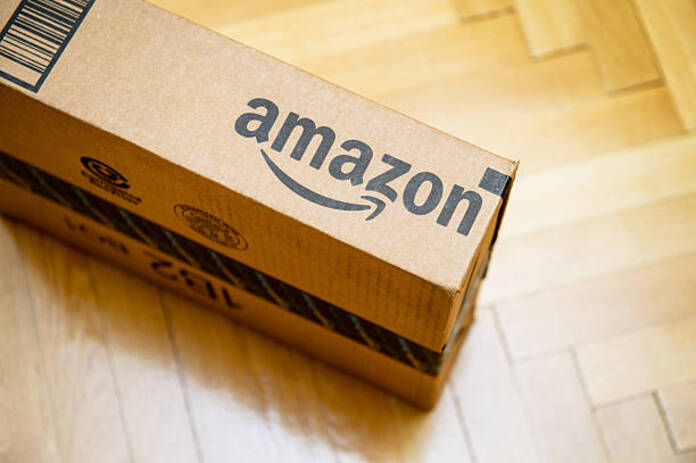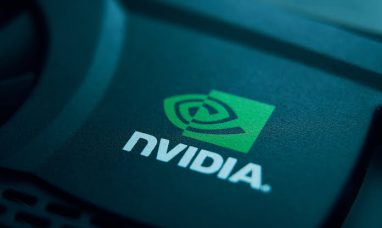Meta Platforms (NASDAQ:META) and Alphabet (NASDAQ:GOOG), two of the esteemed “Magnificent 7” constituents, have recently initiated dividend payouts in 2024. Following suit, the Chinese tech giant Alibaba (NYSE:BABA), often dubbed as the “Amazon of China,” joined the dividend trend in late 2023, marking a significant shift after years of underperformance. This prompts the question: Is it time for Amazon (NASDAQ:AMZN) to follow suit and start rewarding its shareholders with dividends? In this analysis, we’ll explore whether Amazon, the commerce giant, should consider initiating dividends.
Firstly, it’s essential to understand that companies can return surplus cash to shareholders through dividends or share repurchases. While both approaches are discretionary and hinge on management’s evaluation of the macroeconomic landscape and the company’s cash flows, dividends offer more stability compared to buybacks.
In 2020, several companies suspended dividend payments amidst the COVID-19 pandemic, but most have since resumed them. Conversely, companies can adjust the scale and pace of share repurchase programs based on prevailing stock prices and financial requirements. For instance, Apple (NASDAQ:AAPL) recently announced a monumental $110 billion buyback program, marking the largest in U.S. corporate history. This announcement followed its year-to-date underperformance relative to other major tech firms.
Tech Companies’ Preference for Buybacks Over Dividends
Tech companies typically favor share buybacks over dividends. Even when they do offer dividends, the yields tend to be modest. For instance, both Meta and Alphabet provide dividend yields below 0.50%. Even Microsoft (NASDAQ:MSFT), boasting the highest dividend yield among the Magnificent 7, offers a yield of 0.73%, just over half of the S&P 500 Index’s yield.
Big Tech enterprises often utilize their free cash flows for business investments or acquisitions. While they generate substantial free cash flows collectively, certain segments within their operations may burn cash significantly. For instance, Meta Platforms’ Reality Labs, focusing on the metaverse, or Alphabet’s Other Bets segment, housing Waymo’s self-driving unit, often drain resources despite the overall healthy cash flows.
The Argument for Amazon Introducing a Dividend
There are three primary reasons why Amazon might contemplate initiating dividends:
Investor Appeal: Some investors prefer dividend-paying companies, and certain funds are mandated to invest exclusively in such entities. By introducing a dividend, Amazon could enhance its attractiveness to this investor segment.
Growth Moderation: Amazon’s revenue growth has slowed, with forecasts indicating low double-digit growth over the next few years. As its core business stabilizes, encompassing e-commerce and cloud services, Amazon might consider distributing dividends.
Cash Position: Amazon reported robust free cash flows of $36.8 billion in 2023. Allocating a portion of these cash reserves towards regular dividends could be a prudent move.
However, before delving into arguments against Amazon initiating dividends, let’s scrutinize its capital allocation policy. During Amazon’s Q1 earnings call, questions regarding dividends emerged following similar moves by Meta and Alphabet in 2024.
Amazon’s CFO Brian Olsavsky reiterated the company’s commitment to prioritizing investments for long-term growth, echoing sentiments typical of major tech firms. He highlighted opportunities in areas like generative AI, which could yield significant returns.
Additionally, Olsavsky mentioned Amazon’s plans to utilize free cash flows to reduce the debt accumulated between 2021 and 2022 when the company experienced negative cash flows.
Reasons Against Amazon Paying Dividends – For Now
I believe Amazon should refrain from initiating dividends at present. Unlike its Big Tech counterparts such as Apple, Alphabet, and Microsoft, Amazon operates a more cash-intensive business model. Significant investments are necessary for its e-commerce operations and global expansion endeavors.
Amazon’s free cash flows exhibit greater variability compared to most Big Tech firms. During periods of negative cash flows, such as in 2021 and 2022, initiating regular dividends would have been ill-advised.
Furthermore, from a balance sheet perspective, Amazon stands out as the only Magnificent 7 constituent with positive net debt, implying more debt than cash reserves. In contrast, others, including Tesla, maintain negative net debt, holding more cash than their debt obligations.
Amazon’s operating margins fluctuate considerably, and its susceptibility to economic downturns, particularly within the e-commerce segment, presents additional challenges.
Given these considerations, I anticipate Amazon refraining from paying dividends for at least the next few years, driven by sound reasoning. However, for investors seeking exposure to AI stocks with dividend benefits, HP (NYSE:HPQ) may present a viable alternative.
Featured Image: Megapixl









